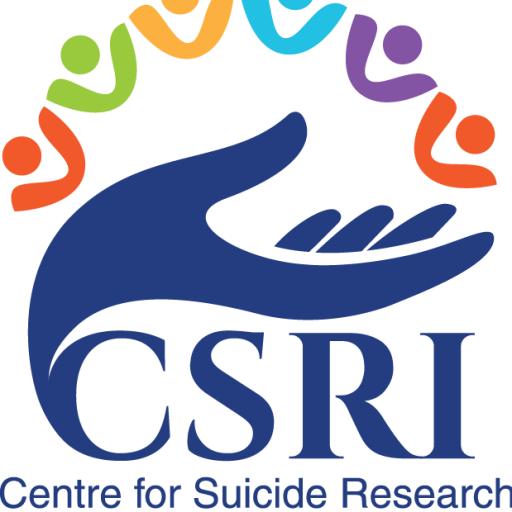Steps to Follow in Identifying Self Harm Triggers
Self-harm is a complex behavior often driven by underlying emotional distress or mental health issues. Understanding the triggers that lead to self-harm is a crucial step in developing healthier coping strategies and reducing the risk of harmful behaviors. By identifying triggers, individuals can gain insight into the underlying causes of their distress and develop personalized strategies for managing difficult emotions. Here are steps to help identify triggers:
Self-Reflection:
Take time to reflect on your emotions, thoughts, and behaviors surrounding instances of self-harm. Consider what emotions you were experiencing before, during, and after the self-harming behavior.
Keep a Journal:
Start a journal to track your emotions, thoughts, and experiences throughout the day. Note any significant events, interactions, or circumstances that precede feelings of distress or the urge to self-harm.
Notice Patterns:
Look for patterns or common themes in your journal entries. Are there specific situations, people, or thoughts that consistently trigger distress or the urge to self-harm? Pay attention to any recurring patterns or triggers that emerge.
Physical Sensations:
Pay attention to any physical sensations or cues that may signal distress or the urge to self-harm, such as tension in the body, rapid heartbeat, or changes in breathing. These physical cues can sometimes precede emotional distress.
Environmental Triggers:
Identify environmental factors that may contribute to feelings of distress or trigger the urge to self-harm. This could include being in certain places, encountering specific smells or sounds, or engaging in particular activities.
Social Interactions:
Consider how interactions with others may influence your emotional state and trigger the urge to self-harm. Pay attention to the dynamics of your relationships and how they impact your well-being.
Internal Triggers:
Explore internal triggers such as negative self-talk, perfectionism, or feelings of shame or guilt. These internal factors can significantly contribute to distress and the urge to self-harm.
Seek Feedback:
Consider seeking feedback from trusted friends, family members, or mental health professionals. They may offer insights into patterns or triggers that you may not have noticed on your own.
Use a Trigger Tracker:
Create a trigger tracker or worksheet to systematically document triggers and associated emotions. This can help you visually identify patterns and better understand the factors contributing to self-harm.
Therapy or Counseling:
Consider seeking therapy or counseling with a mental health professional who can help you explore and identify triggers in a supportive and nonjudgmental environment.
Identifying and managing triggers that lead to self-harm is an ongoing process that requires self-awareness, reflection, and proactive coping strategies. By understanding the factors contributing to self-harm urges and implementing personalized interventions, individuals can take steps towards healing and recovery. Remember, seeking professional support and building a strong support network are essential components of effectively managing self-harm triggers and promoting overall well-being.

